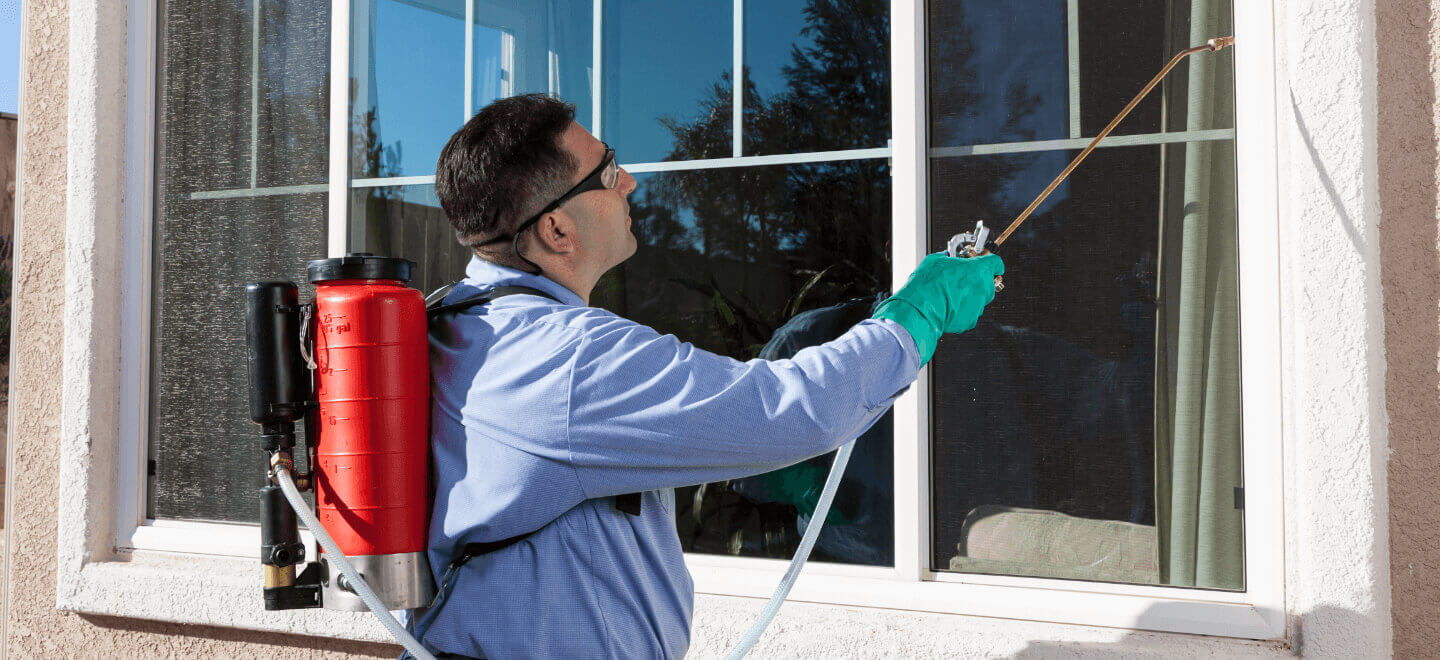Relied On A1 Exterminator Charlotte NC - Comprehensive Pest Solutions
Bed Bug Therapy Breakdown: Comparing Chemical Vs. Non-Chemical Solutions
In the realm of bug control, particularly when taking care of the relentless issue of bed bugs, the selection in between chemical and non-chemical therapy solutions can be a critical one. Both methods supply distinct advantages and drawbacks, influencing variables such as performance, safety factors to consider, and overall expense. By checking out the nuanced information of each method, a more clear understanding of which path to pursue in attending to a bed pest problem can be acquired.
Effectiveness of Chemical Treatments
Chemical treatments for bed insect invasions have actually been commonly recognized for their rapid and powerful efficiency in removing these parasites. When considering the effectiveness of chemical therapies, it is crucial to comprehend that they can provide a quick and extensive solution to a bed pest problem.
Moreover, chemical therapies have the benefit of using recurring impacts, meaning that they can proceed to eliminate bed bugs even after the preliminary application. This residual action is specifically helpful in combating any potential re-infestations. In addition, the fast action of chemical treatments can bring alleviation to individuals dealing with extreme bed pest infestations, allowing them to reclaim control of their living rooms promptly.
Safety And Security Problems With Chemical Solutions
One vital aspect that calls for cautious consideration when utilizing chemical services for bed bug therapy is making certain the security of occupants and the atmosphere. While chemical therapies can be efficient in eliminating bed insects, they may present threats if not managed correctly. Among the main safety and security interest in chemical services is the prospective harm they can trigger to human wellness. Exposure to particular chemicals used in bed insect treatments can result in respiratory issues, skin inflammation, or various other negative reactions, particularly in people with pre-existing problems or sensitivities. Additionally, incorrect application or dose of chemical pesticides can lead to toxic deposits sticking around in the cured area, positioning long-term health and wellness risks to occupants.
Moreover, the environmental influence of chemical remedies is one more considerable factor to consider. Some chemicals utilized in bed bug therapies may be unsafe to useful pests, wildlife, and ecological communities if they leach right into the dirt or water systems. It is necessary to utilize chemical treatments sensibly, complying with security standards, and thinking about much less hazardous options to mitigate these dangers and make sure the efficient and safe management of bed insect problems.
Advantages of Non-Chemical Methods
Taking into consideration the potential security problems and environmental influence linked with chemical remedies for bed bug therapy, discovering non-chemical methods provides an appealing option with a number of distinctive benefits. Non-chemical methods supply a safer alternative for houses, specifically those with children, individuals, or pet dogs conscious extreme chemicals. These methods eliminate the threats of direct exposure to hazardous substances, reducing the possibility for negative wellness effects. Additionally, non-chemical treatments are eco-friendly, as they do not add to air or water contamination, making them a sustainable selection for bug control.
Furthermore, non-chemical remedies can be efficient in targeting bed insects, consisting of hard-to-reach locations where chemical therapies may not permeate - A1 bed bug exterminator charlotte. Methods such as warmth therapy, vacuuming, steam cleaning, and mattress encasements give thorough obliteration without the use of hazardous chemicals.
Limitations of Non-Chemical Treatments

Additionally, non-chemical therapies usually need numerous applications to attain effective eradication. This can be taxing and may not constantly guarantee special info full elimination of all bed pests and their eggs, specifically in concealed or hard-to-reach places.
In addition, the success of non-chemical treatments heavily relies upon appropriate application and thoroughness, which can be challenging for people without expert know-how. Inadequate application of non-chemical methods might cause insufficient obliteration, causing relentless problems and the demand for added therapies.
Consequently, while non-chemical treatments have their advantages, it is vital to acknowledge these constraints and consider them when establishing one of the most efficient method for managing bed bug problems.
Expense Contrast: Chemical Vs. Non-Chemical Options
Offered the restrictions linked with non-chemical treatments, a necessary aspect to assess in the context of bed bug monitoring is the cost contrast between chemical and non-chemical alternatives. In comparison, non-chemical treatments like warmth therapy or heavy steam can be more costly, with expenses varying from $1,000 to $6,000 for a whole home. While the preliminary price of chemical therapies might appear lower, multiple treatments might be required to fully remove the invasion, possibly increasing the total price.
Conclusion

Considering the prospective safety and security worries and ecological impact connected with chemical services for bed pest therapy, checking out non-chemical techniques provides an appealing alternative with a number of distinctive benefits.Offered the limitations associated with non-chemical treatments, a necessary facet to review in the context of bed pest administration is the price comparison between chemical and non-chemical alternatives. In comparison, non-chemical therapies like warmth treatment or vapor can be extra expensive, with expenses varying from $1,000 to $6,000 for an entire home. While the first cost of chemical treatments may appear lower, several treatments might be called for to totally eliminate the infestation, potentially increasing the general price.In final thought, when contrasting chemical and non-chemical property pest inspection bed pest therapy choices, it is vital to consider effectiveness, safety and security, benefits, restrictions, and price.